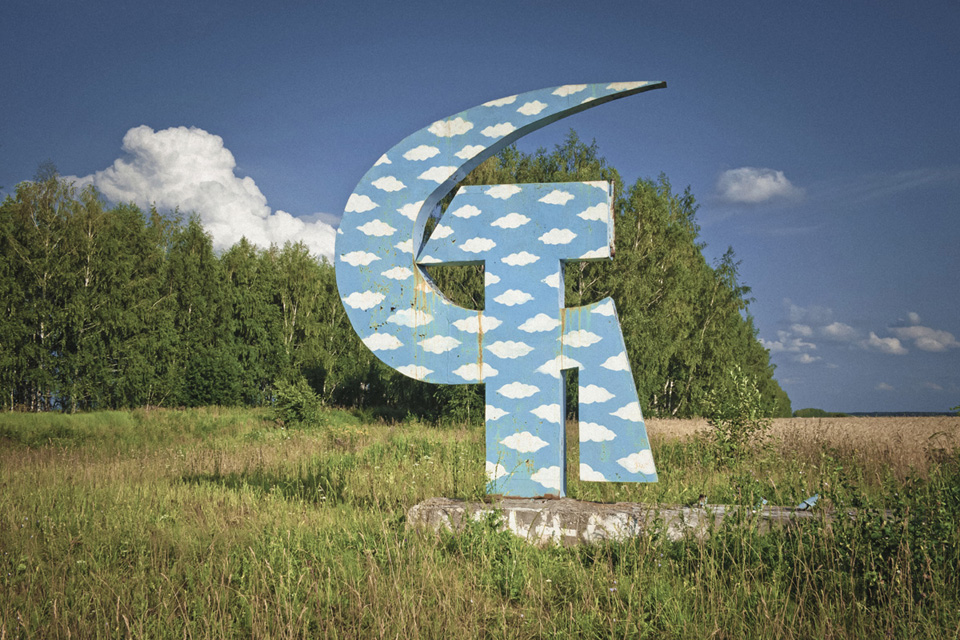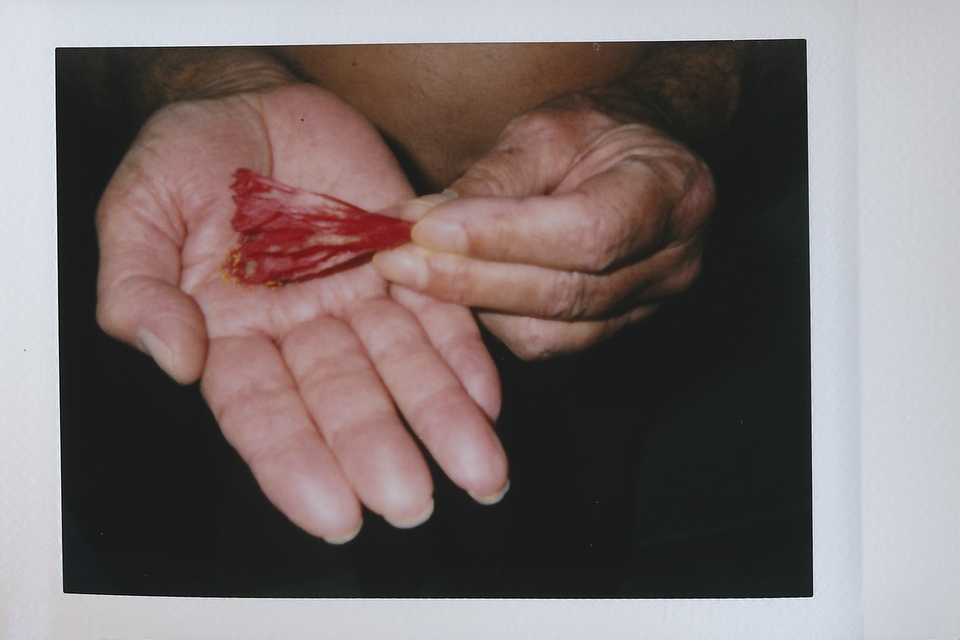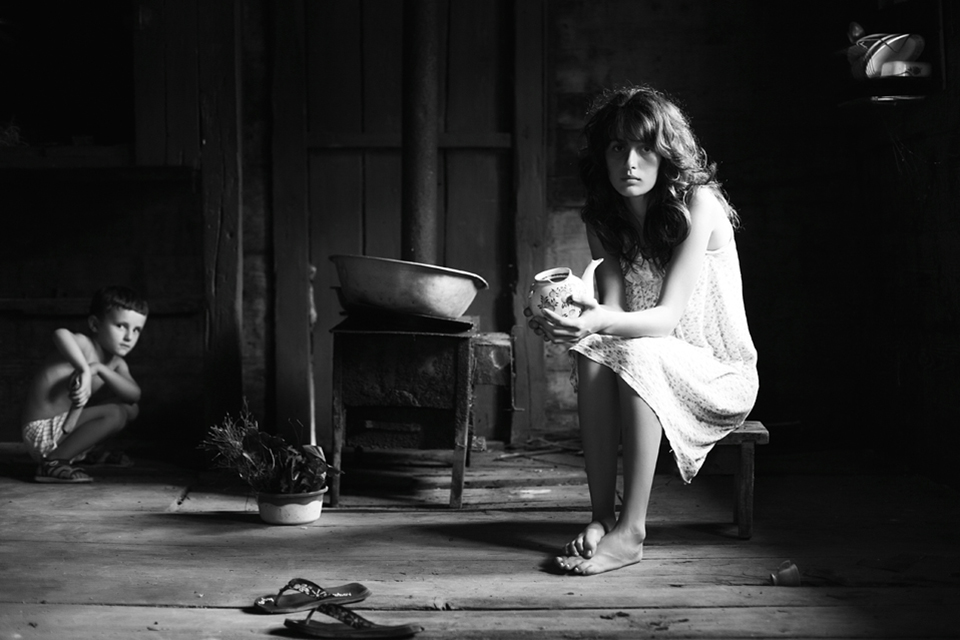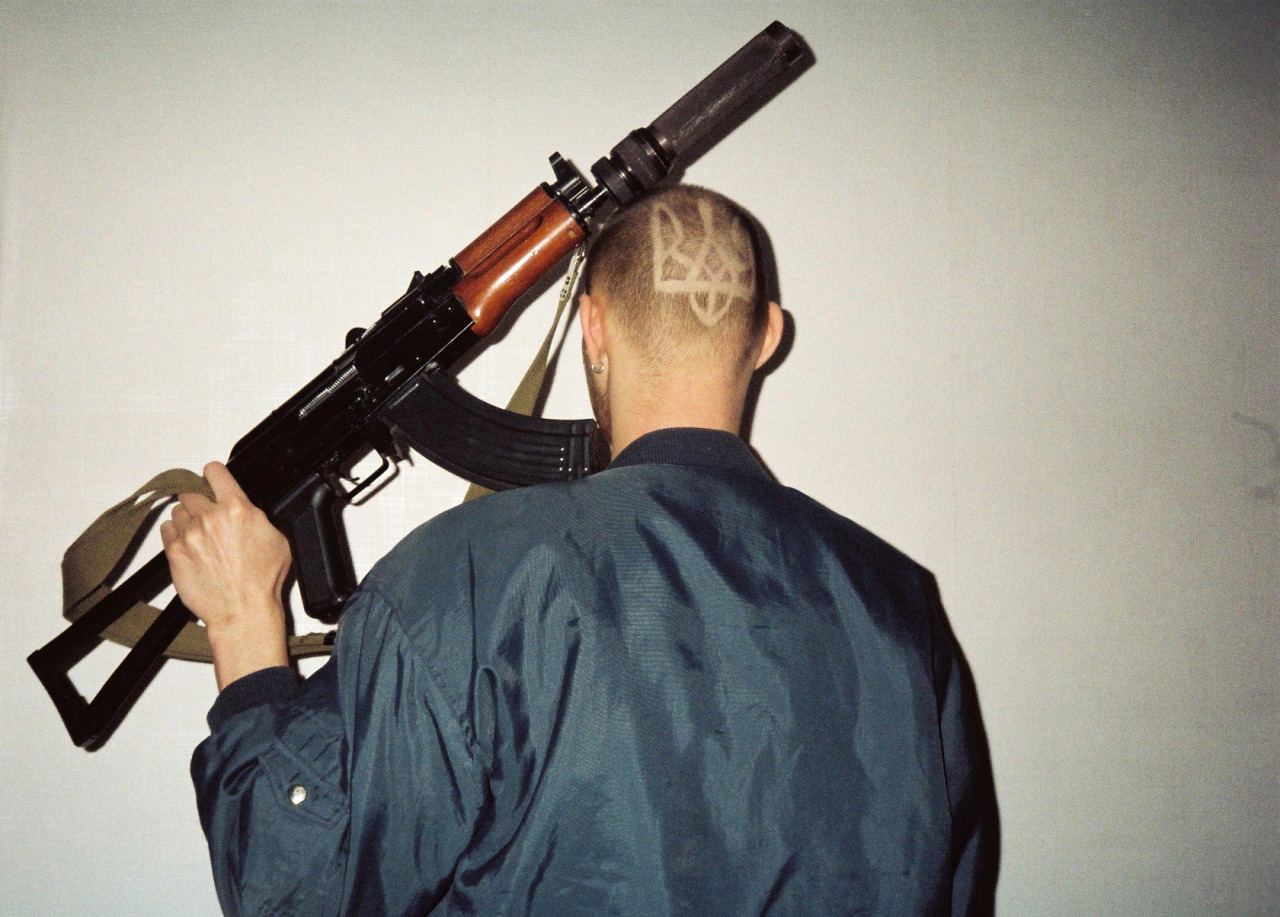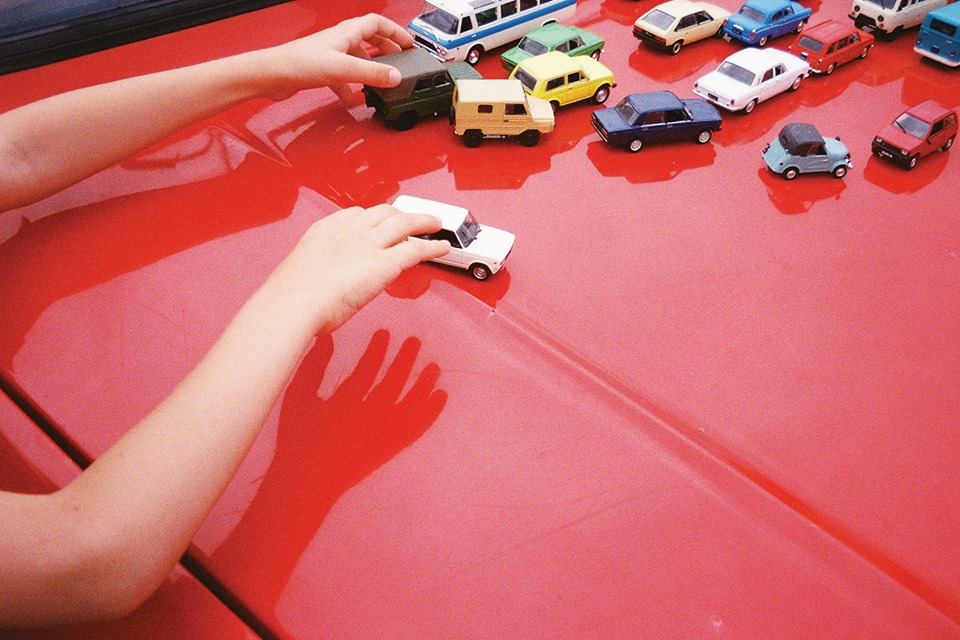
Portfolio: Hanna Skachkova
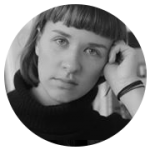
Photographer, born in Dnipro, Ukraine. Member of the ‘Ukrainian Photographic Alternative’. Exhibited her works in Dresden, Kharkiv, Kyiv. Published her works in Vice, Metropol, SHO, KALTBLUT Magazine.
— I first started taking photographs six years ago. I worked on Mosfilm studio, on the set of a movie about the Soviet physicist Lev Landau. The atmosphere there was so strange, it was impossible not to start taking pictures. After the work on the film was done, I grew fond of finding things that caught my attention in the real world without the decorations. I realized I wanted to take photographs of real life, as nothing is more aesthetically beautiful.
There are moments that disclose the inside truth about the person, the world, the time and the place we live in through outside characteristics. These are the ones I want to capture, to ponder them later. Every photograph is valuable for me, so it is difficult to unite them into a series. It sometimes seems that all my works make an endless series. I tried to change my approach to shooting, develop a conceptual idea, but I didn’t like it — it seemed boring and lifeless somehow.
Photography for me is a way to make an artistic statement. I am not betting on myself as a photographer, but on the other hand, it is nothing like a hobby. I do not think about it in these categories. Rather, this is the way to express a thought that is most available to me. I don’t see photography as a profession, I don’t plan on making a living doing photography, because then I won’t have my freedom, and my freedom is very important to me. I see photography somewhat like a step on my way to myself as an author.
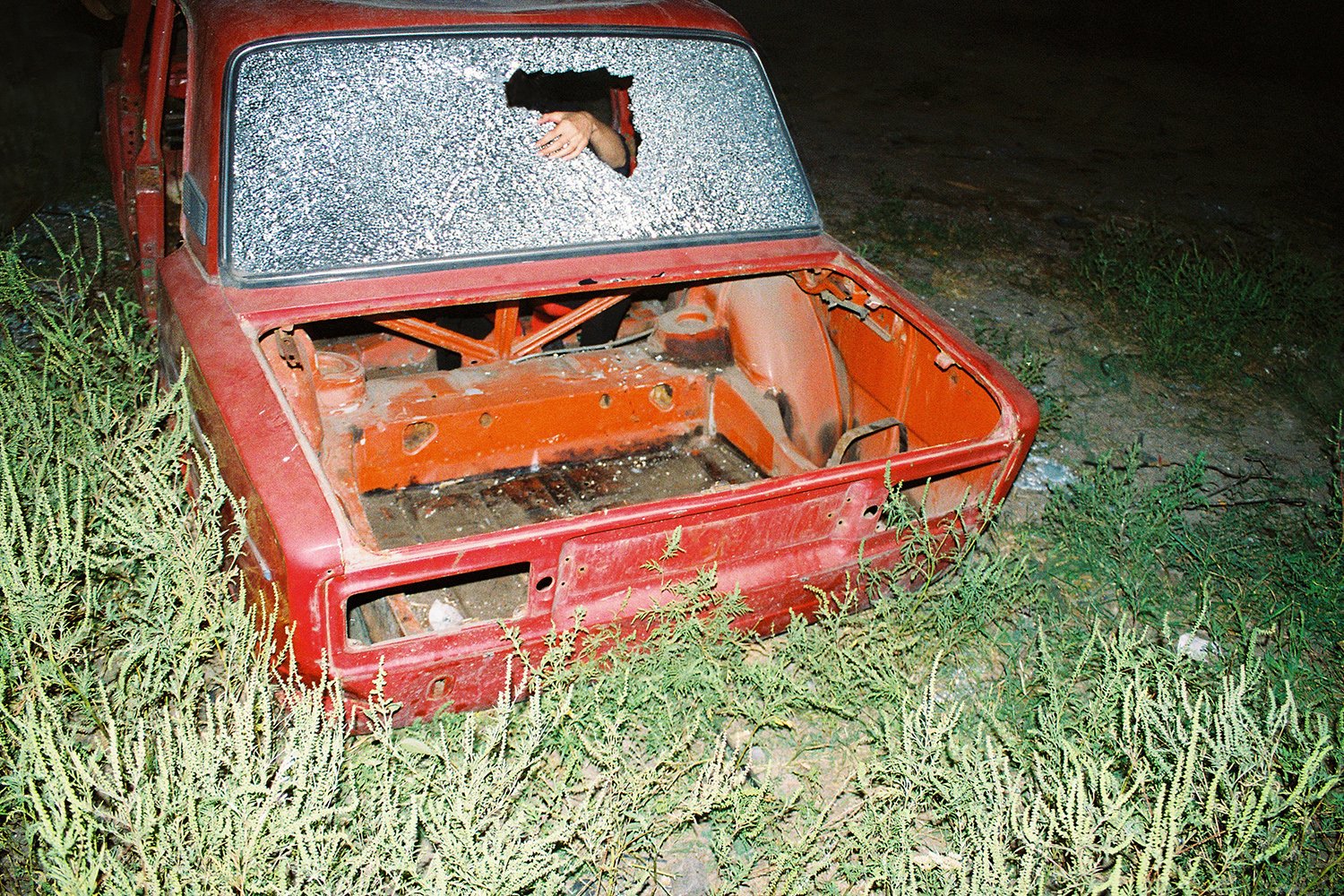
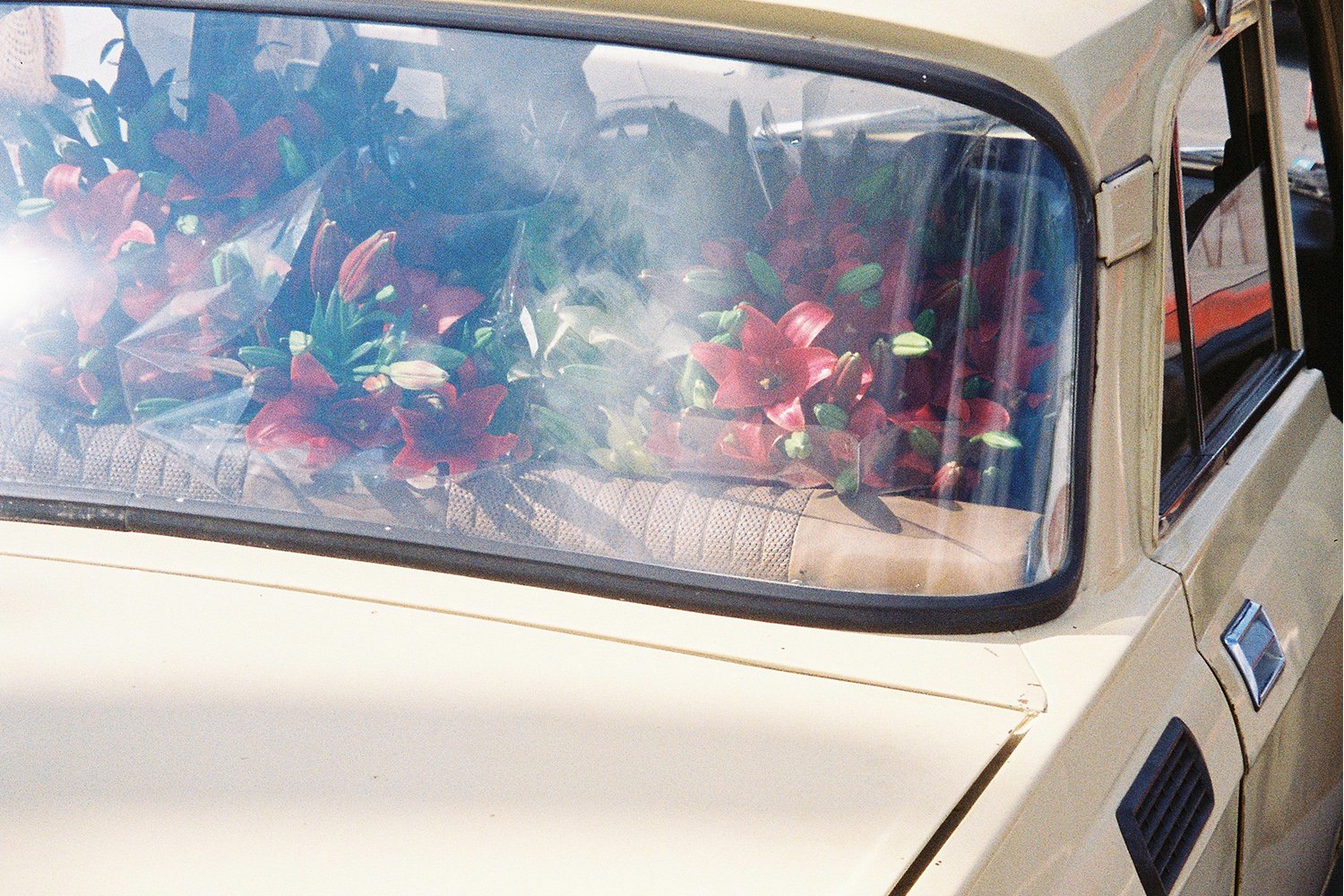

I think it is for every photographer to decide whether they need specialized education or not. We live in an epoch where people can learn everything they want by themselves, if they only want to.
If we compare the times when Wolfgang Tillmans photographed the German raves and the social climate in Germany of the 90s with contemporary Ukraine, we will see many historical similarities. I don’t think that it is about inheriting some kind of a visual code. Rather, it is the spirit of the time. The aesthetics here stems from the issue — this is where all these raves and portraits of youth come from. Of course, this is all temporary, and in a couple years it will be replaced by something else. Maybe, a clearer and calmer visual language.
Most often, provocation is necessary to attract attention. It is not surprising that in a world oversaturated with information it is difficult to reach an audience. That is in general. And regarding me in particular, the author who resorts to provocation, is often concentrated not on the audience, but on overcoming themselves. This is what is important. This sort of a double phenomenon.
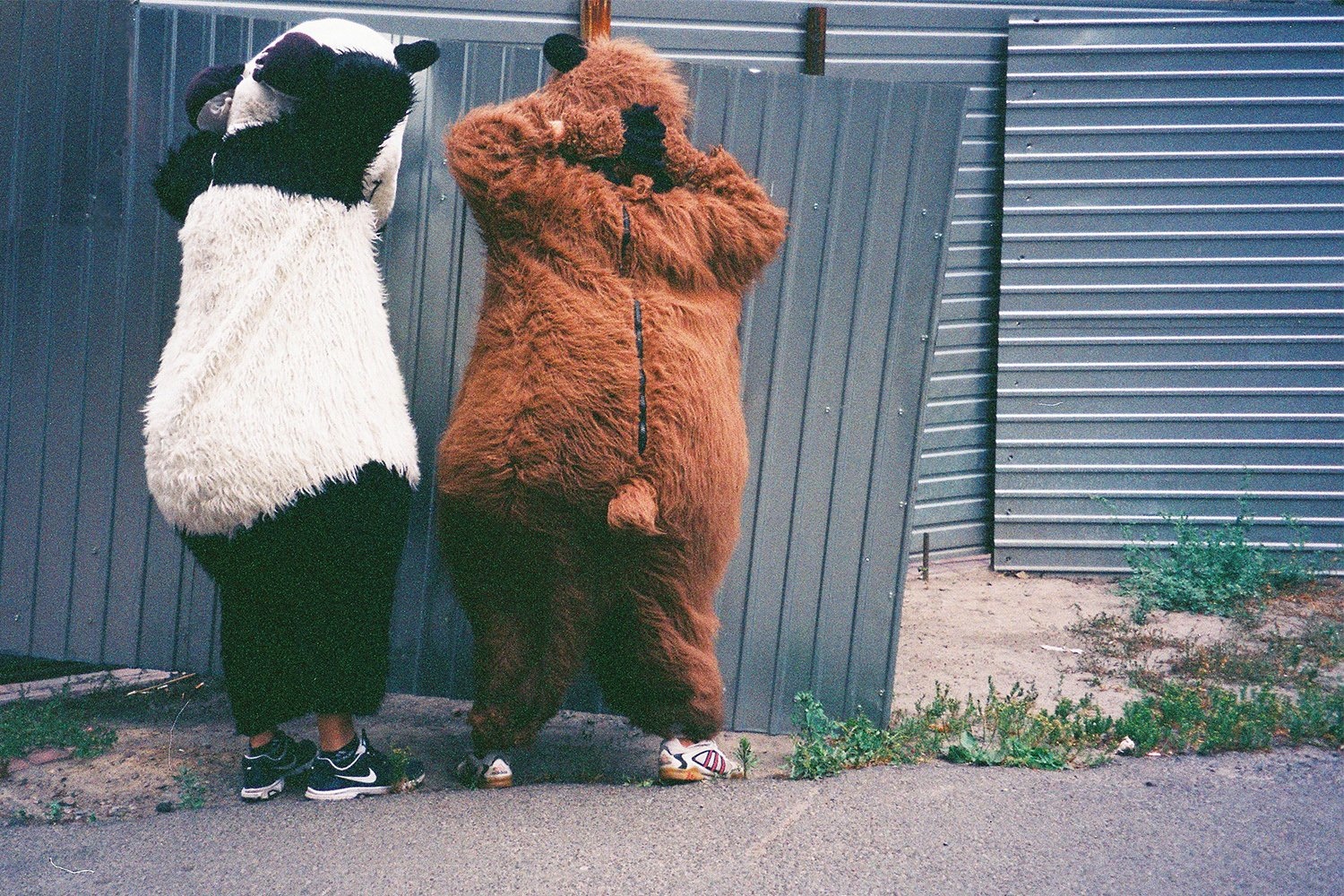
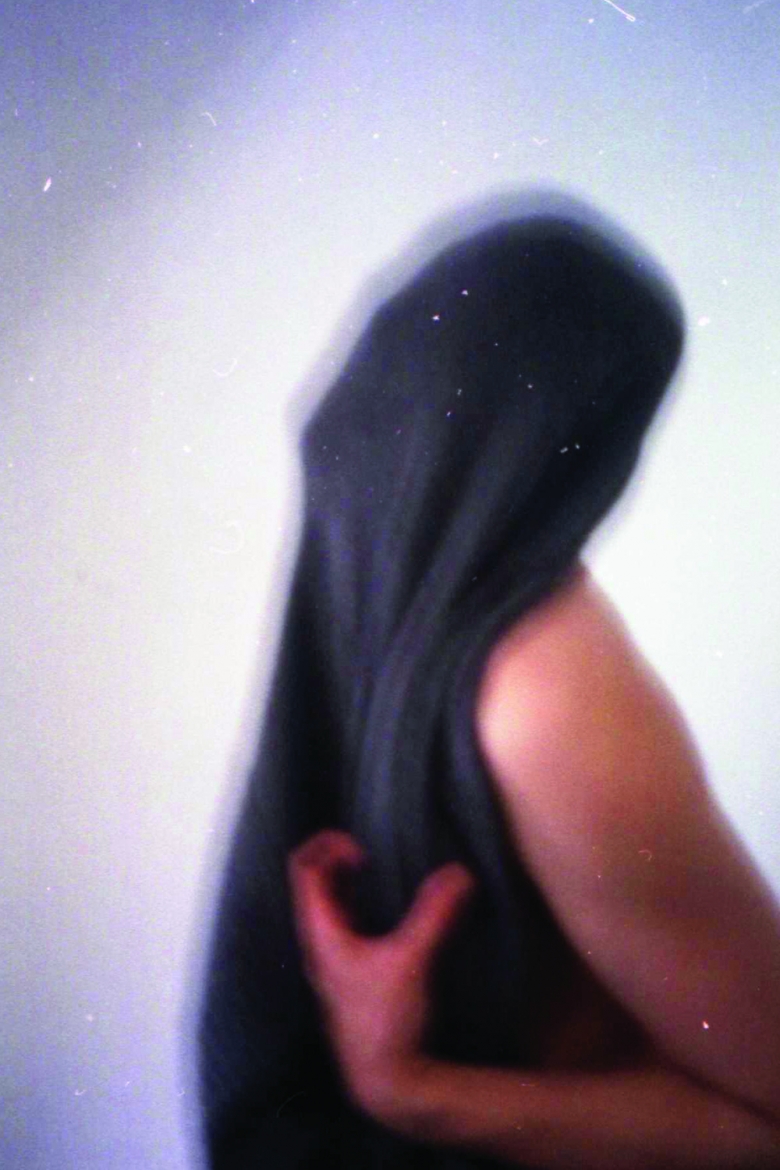
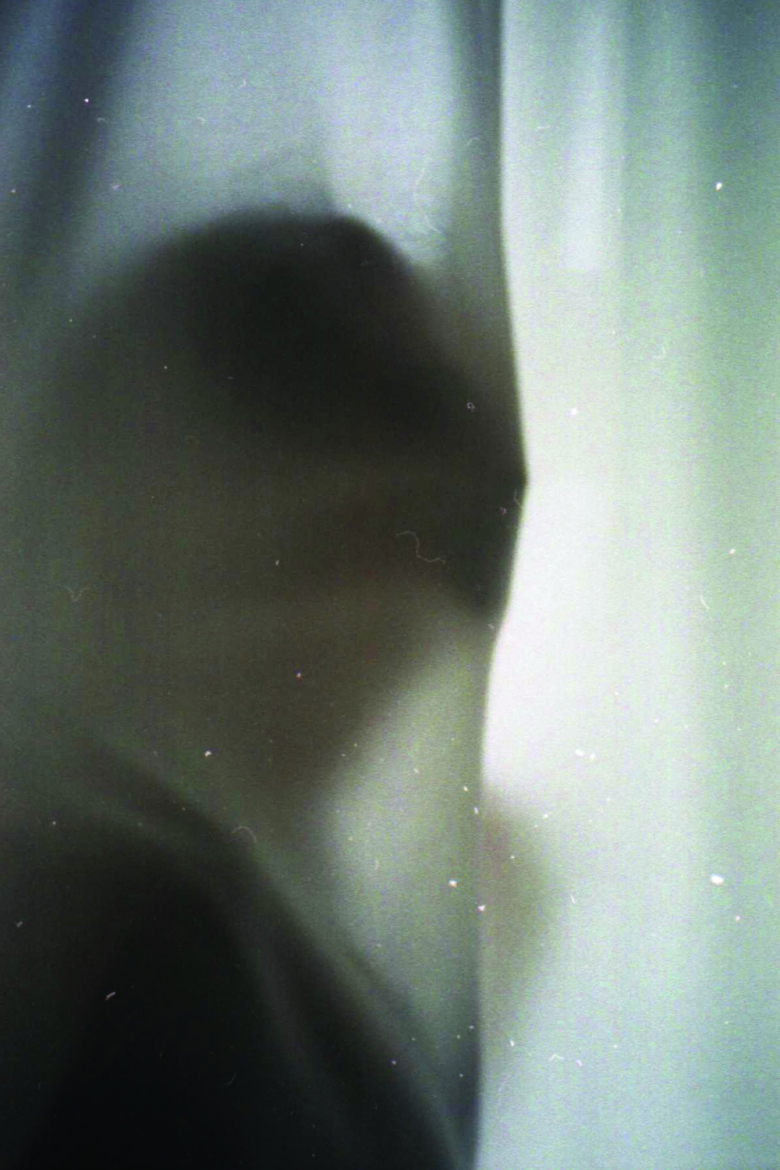
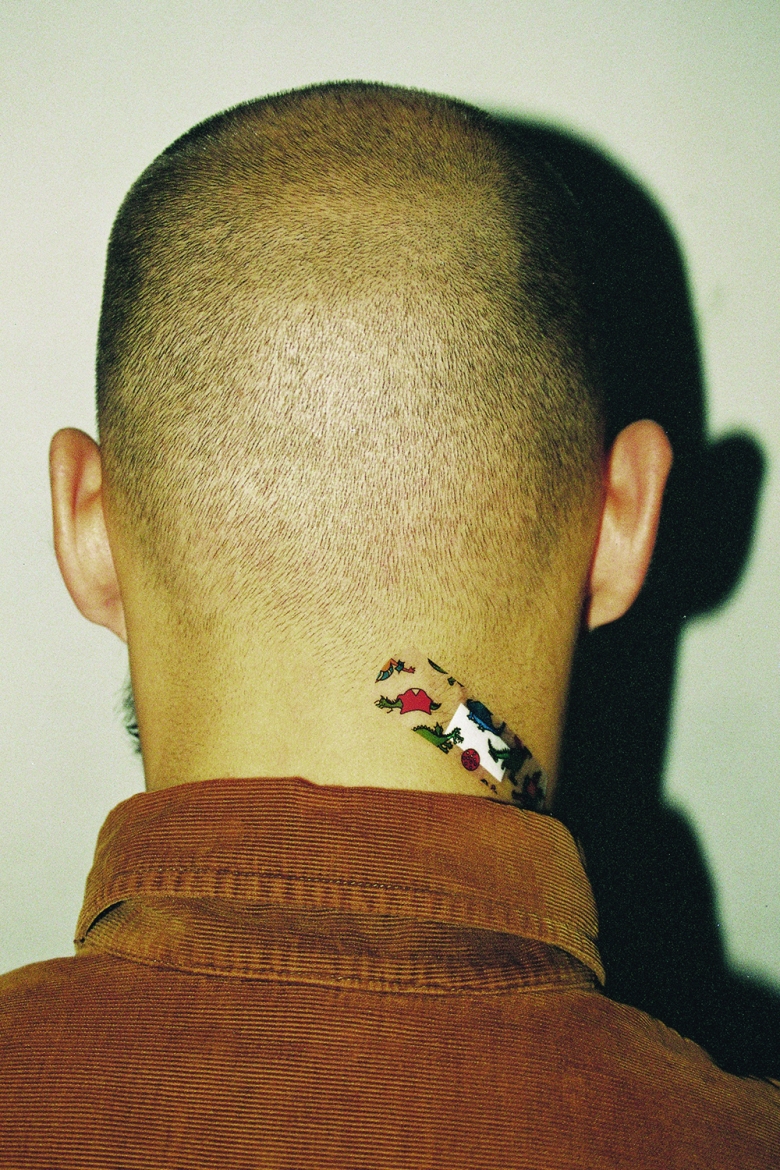
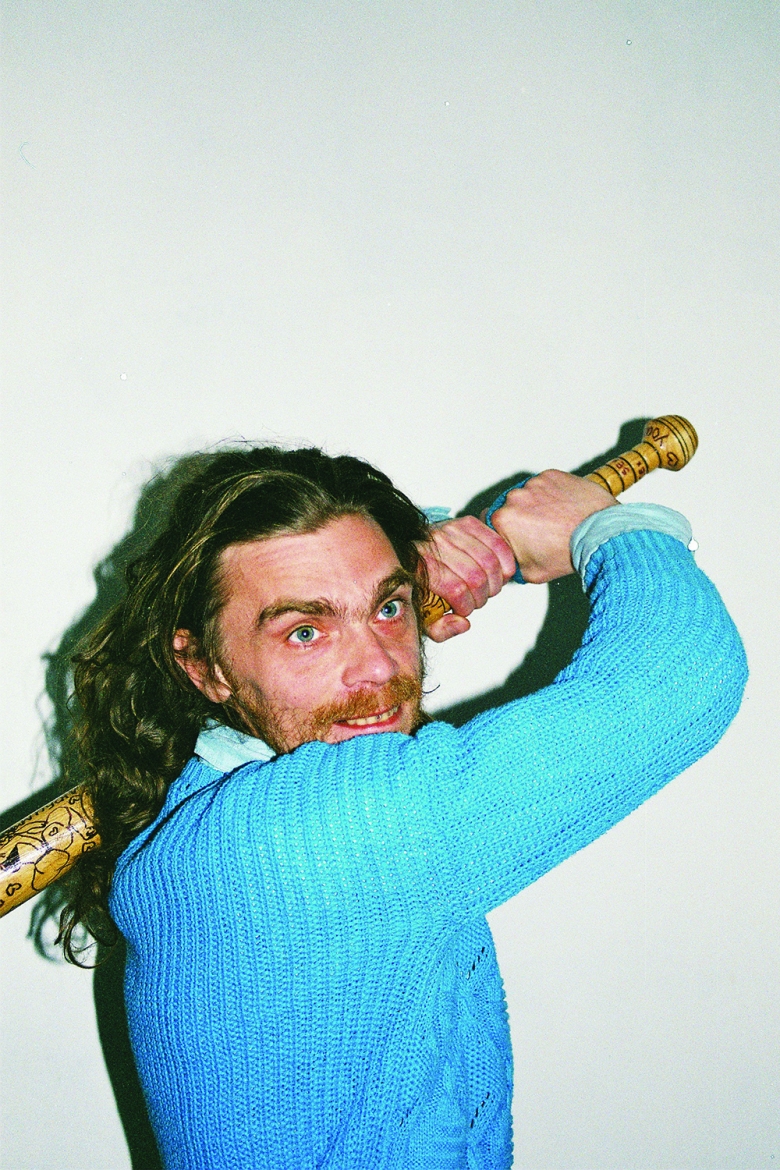
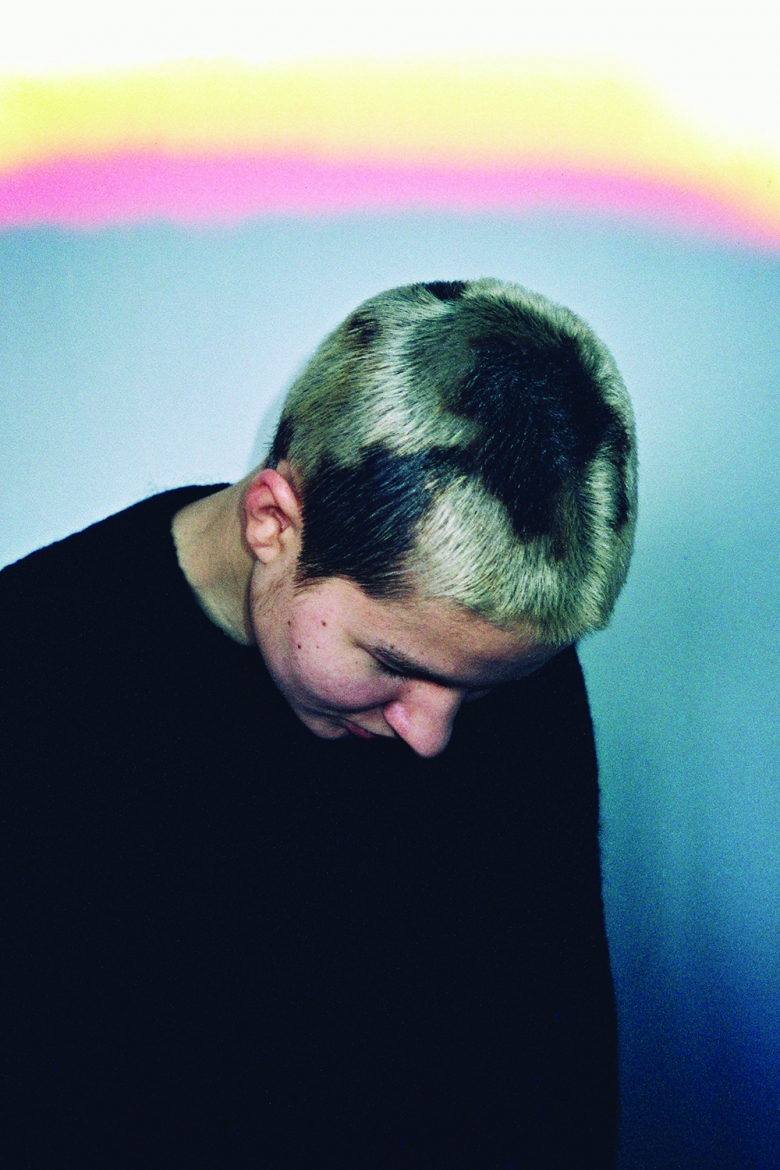
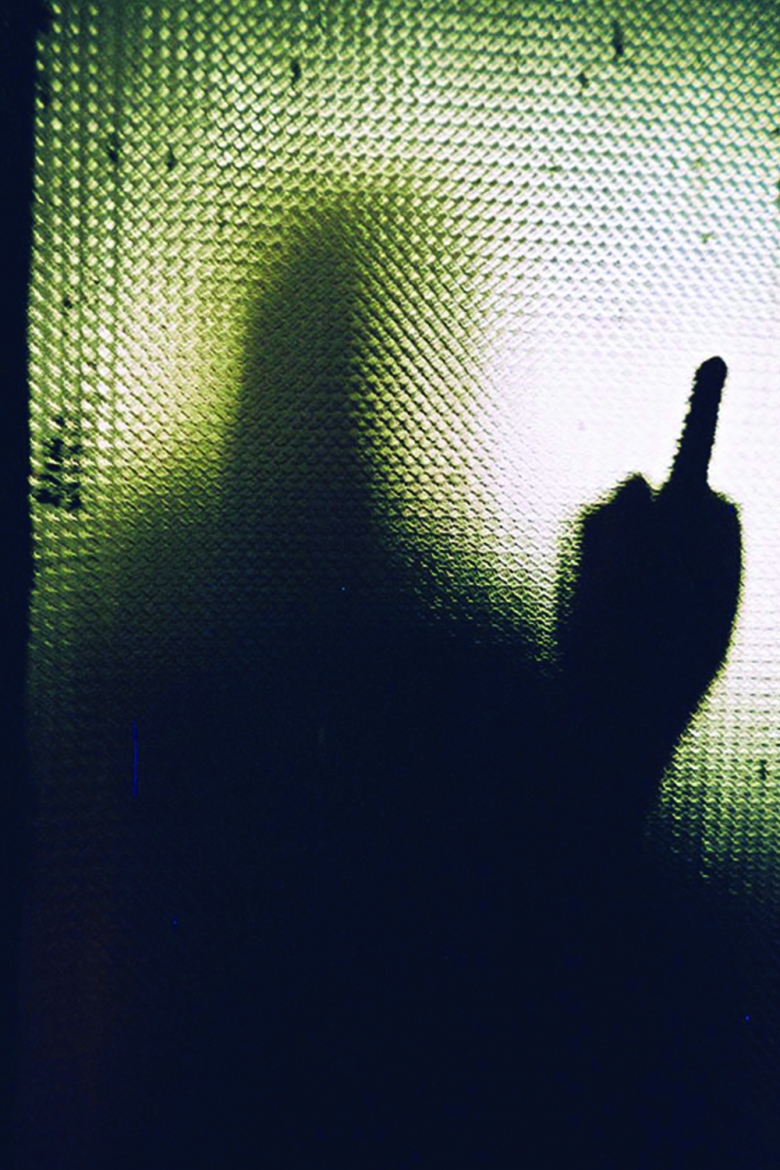




A good photograph for me is the one which reflects the inside world that I want it to reflect as much as possible. If it works, the photograph becomes a little story, an observation. You can, of course, choose a different form for this — a text, for instance. But it is much more interesting when I manage to express in one image something that would have taken a lot of time to write down. Aesthetics and composition are, of course, also very important. This is the language that the artist uses to tell their story, and its relevancy guarantees that the message will both find a response from the audience today and say something about the time when the photograph was taken in the future.
There are certain rules and laws, not as much photographic, as related to color and composition in general. I know all these rules from childhood, from art school, so I don’t even actively think about them: I have long followed them automatically. This allows me to concentrate on the meaning, not on the form.
I think, my visual language will be changing for as long as I am changing. It means, it will never be completely formed. If I notice that this happened at some point, I probably won’t be happy about it. For me, it would mean the loss of connection with the time, the epoch, the reality in general. Everything around me moves and changes all the time, and to stop in this flow means death.

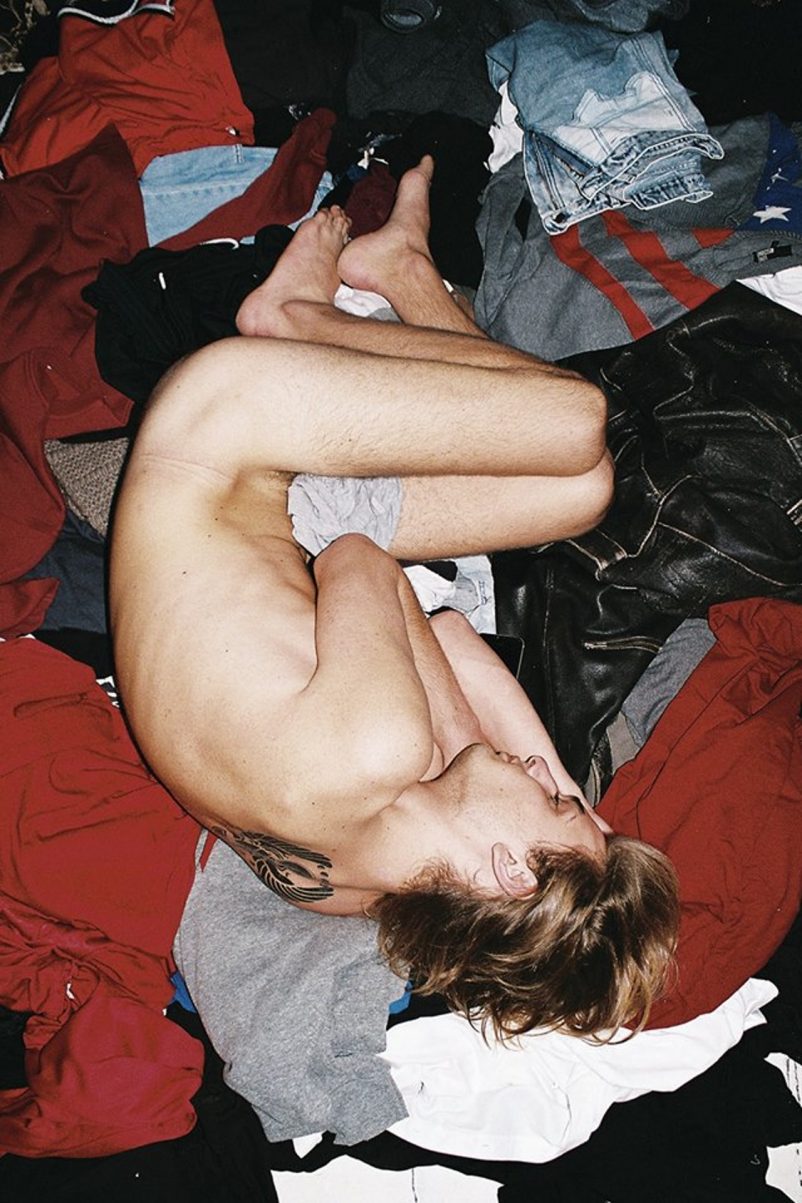
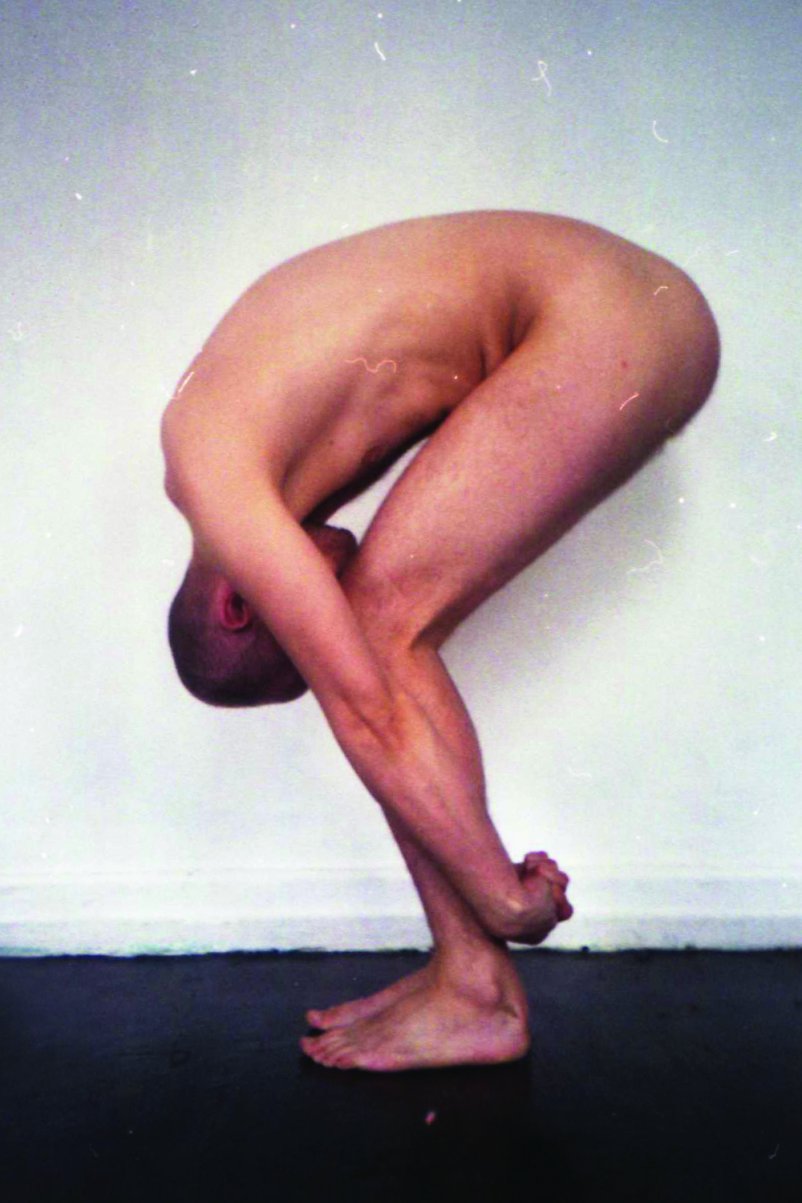
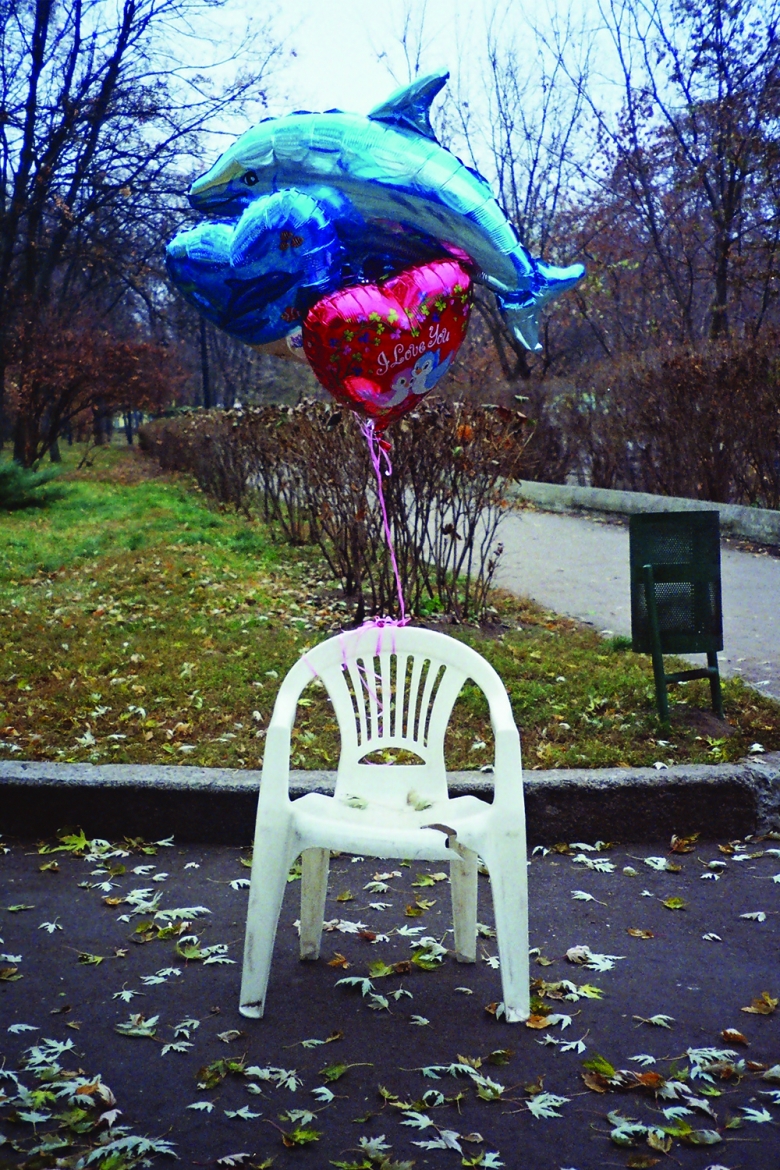
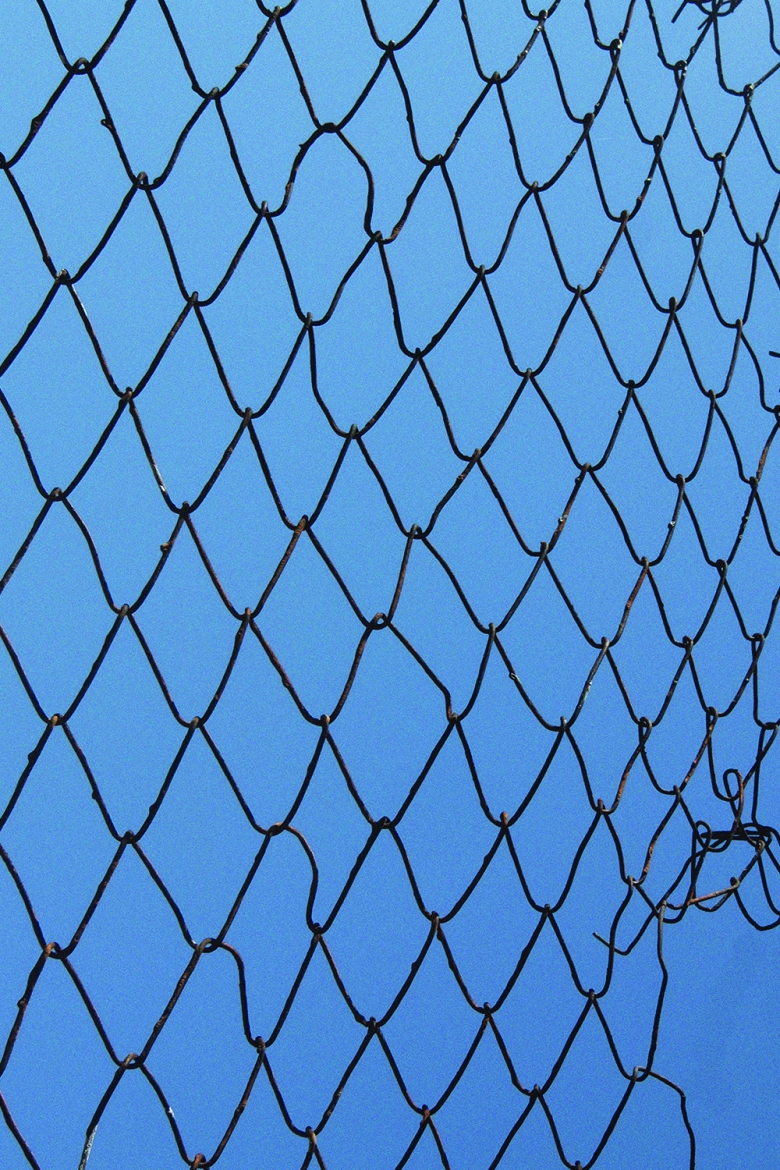
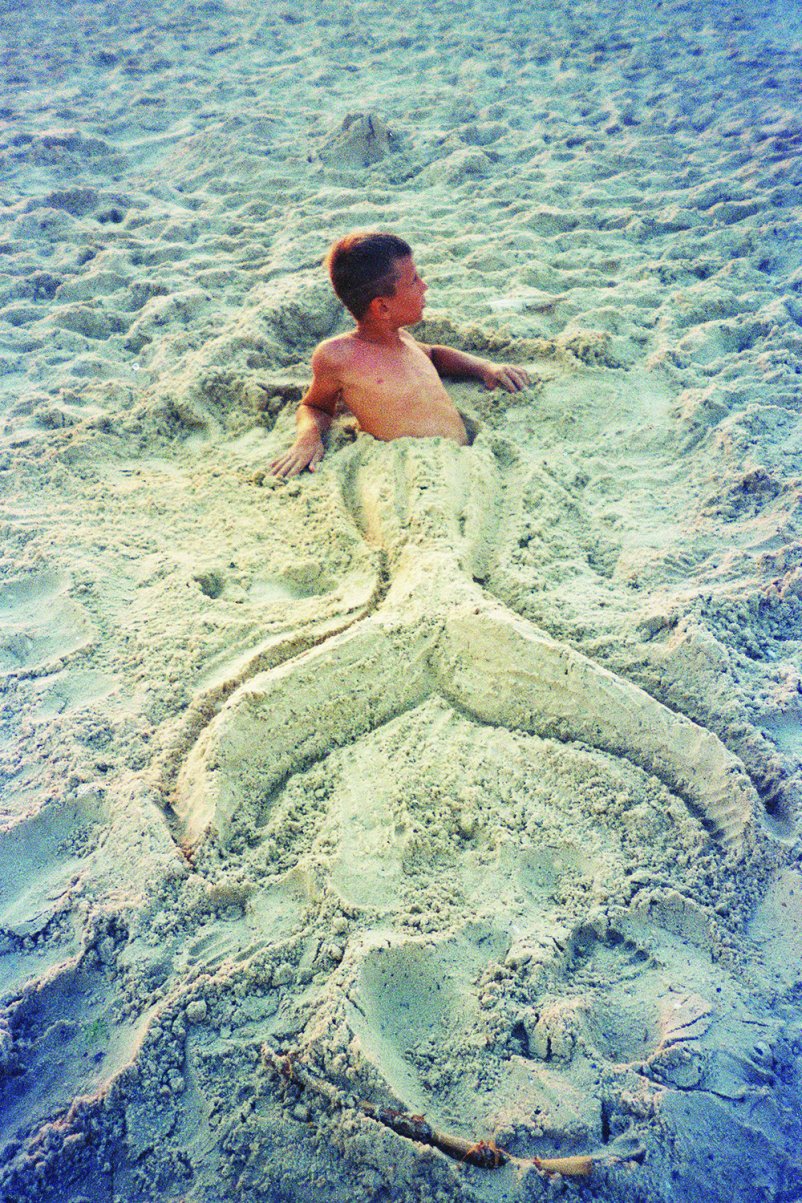
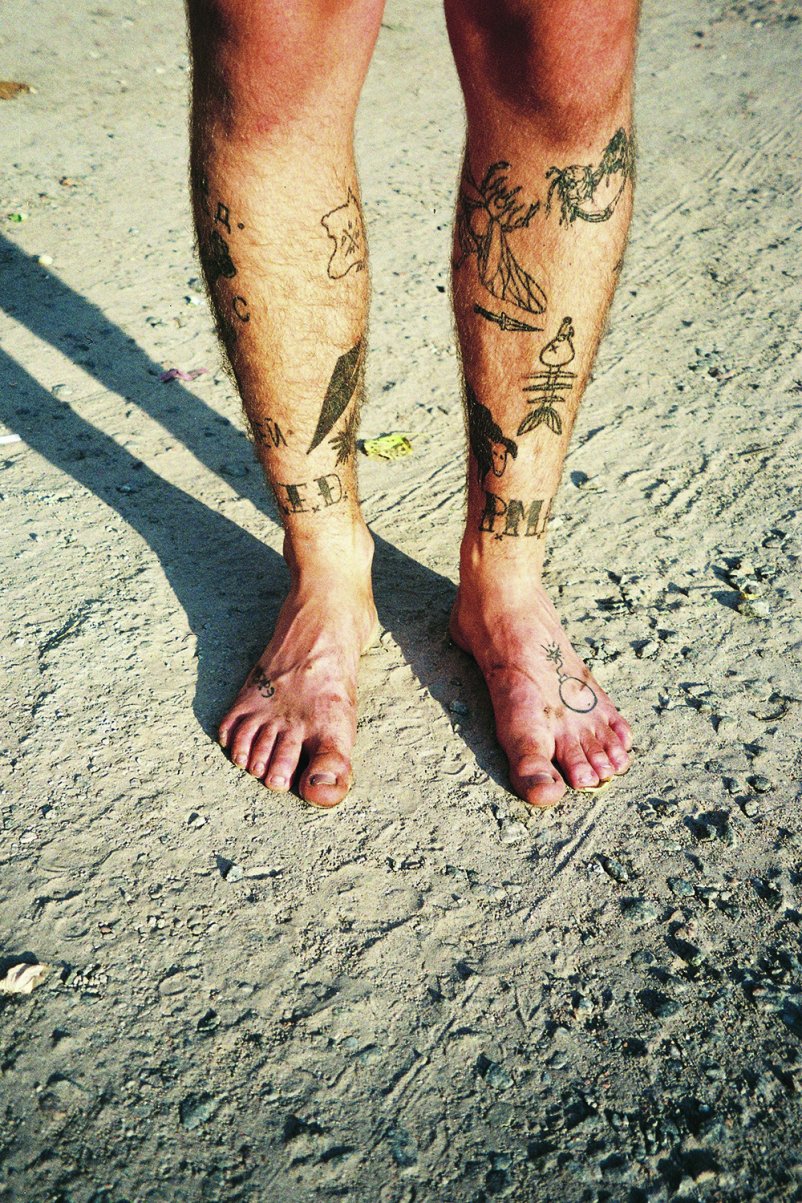

New and best
